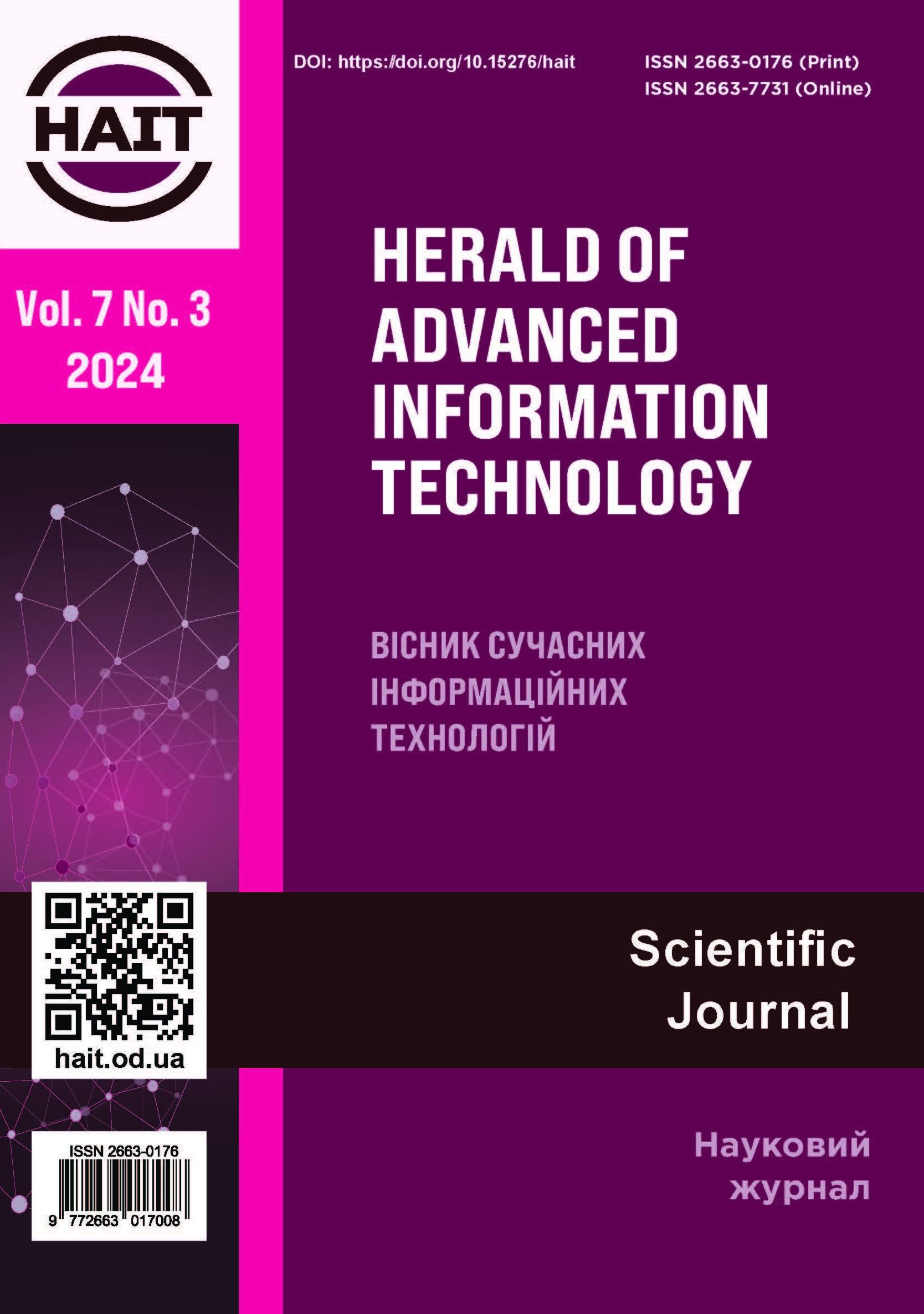Method of reference models for synthesis of intellectual systems of nonlinear dynamic objects identification
DOI:
https://doi.org/10.15276/hait.07.2024.18Keywords:
Nonlinear dynamics, identification, neural networks with time delays, pre-trainingAbstract
The paper is devoted to resolving the contradiction between the accuracy of modeling nonlinear dynamic objects and the speed
of models building under conditions of limited computing resources. The purpose of the work is to reduce the time for building
models of nonlinear dynamic objects with continuous characteristics while ensuring a given modeling accuracy. This goal is achieved
by further developing the method of synthesing intelligent systems based on the superposition of pre-trained reference models in the
form of neural networks reflecting the basic properties of the object. The scientific novelty of the work novelty consists in the
development of a method for identifying nonlinear dynamic objects in the form of neural networks with time delays based on a set of
pre-trained neural network models that reflect the basic properties of the subject area. In contrast to the traditional approach based on
pre-trained neural networks the developed method allows building models of lower complexity and with shorter training time while
ensuring the required accuracy. To determine the initial parameters of the model, expressions based on the superposition of reference
models in the form of neural networks are proposed. The practical usefullness of the work consists in the development of an
algorithm for the method of reference models for training neural networks with time delays in the tasks of identifying nonlinear
dynamic objects with continuous characteristics, which can significantly reduce the training time of neural networks without losing
the accuracy of the model. The value of the study lies in determining the area of effective use of the proposed method, namely, in the
availability of a sufficient amount of qualitative data for the building of reference models. Insufficient data or poor data quality can
significantly reduce the accuracy of reference models and, as a result, significantly reduce the training time of the target model.








